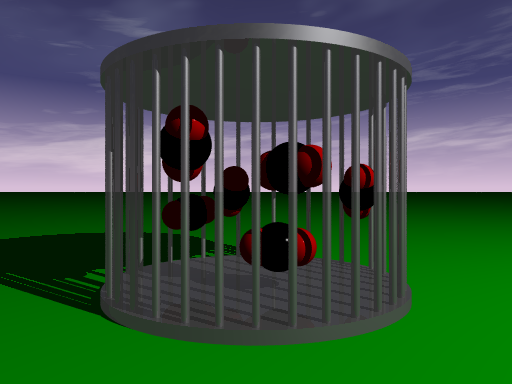Porous systems, including zeolitic/zeotypic materials, mesoporous silica, porous carbon, and metal-organic frameworks (MOFs), are of interest as potential materials for the capture and storage of CO2 emitted from industrial processes.
George Shimizu and co-workers, Universities of Calgary and Ottawa, Canada, have studied CO2-sorbant interaction in MOFs to allow better design of carbon-capture systems. They have applied computational and crystallographic methods to study the binding nature of CO2 to the amine-functionalized MOF, Zn2(Atz)2(ox) (At z= 3-amino-1,2,4-triazole; ox = oxalate).
The study finds that increased CO2 uptake can be achieved through appropriately designed binding sites which maximize the electrostatic interactions with CO2, proper mutual orientation, and high density of binding sites.
Image: (c) Heulwen Price/Wiley-VCH
- Direct observation and quantification of CO2 binding within an amine-functionalized nanoporous solid,
R. Vaidhyanathan, S. S. Iremonger, G. K. H. Shimizu, P. G. Boyd, S. Alavi, T. K. Woo,
Science 2010, 330 (6004), 650 – 653.
DOI: 10.1126/science.1194237



